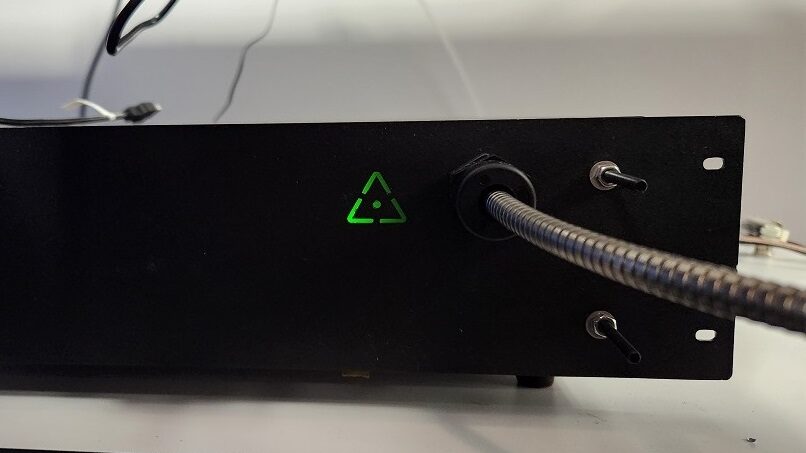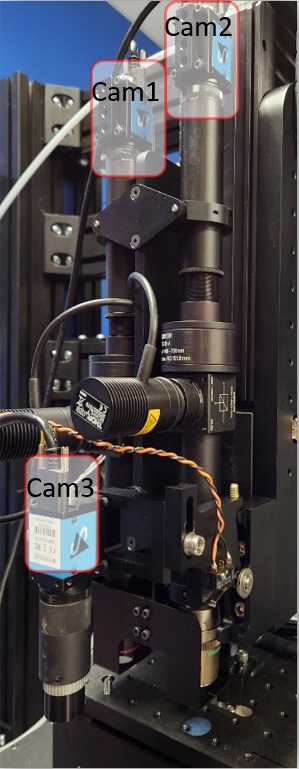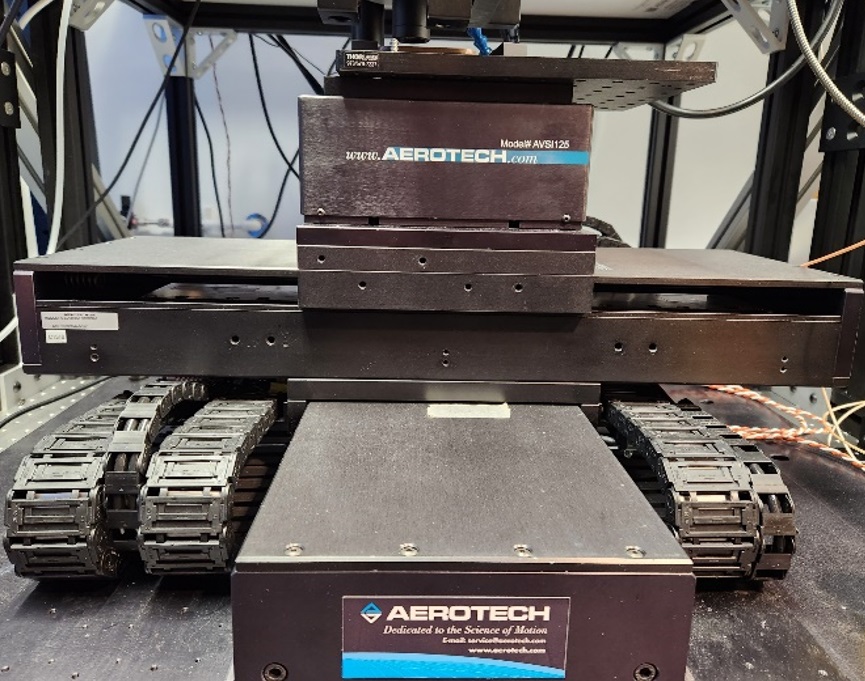In this blog, Femtum reveals its new laser processing lab. With the growing industrial demand for mid-IR pulsed fiber lasers, Femtum’s dedicated team is using the platform to demonstrate unique micro-processing capabilities on semiconductors, polymers and organic materials. This platform is available for testing your application with our lasers.

Advanced lasers manufactured by Femtum are the first mid infrared (MIR) fiber lasers working at a central wavelengths around 3 microns available on the market and open unique capabilities yet to be exploited. The Femtum Nano 2800 delivers high peak power pulses with a nearly perfect Gaussian beam profile, which makes it ideal for cutting edge applications requiring to modify semiconductors, polymers, plastics and thin films. For example, we have demonstrated welding polymer layers, surface texturing and patterning, fiber optics stripping, and surface waveguide inscription on polymers.
Such applications rely on the interaction of materials absorbing mid infrared light, enabling precise control of the modifications or removal of materials at the micrometer scale.
The laser micro-processing platform operated by our dedicated team of experts is offering precision, accuracy and control of the laser process in each step. The system is designed to test Femtum’s unique laser technology for your industrial application.
The mid-infrared laser processing head
An overview of the system and different modules is described here. The laser beam is delivered through a fiber delivery cable. The fiber is attached to a laser writing head that is mechanically fixed on the structure with a vertical adjustment. Inside the laser delivery module, the beam is expanded with a two-lens telescope and transported to the scanner composed of two folding mirrors mounted on galvanometers. These mirrors are used to scan the beam at very high speeds, up to several m/s. A fast shutter, designed by Femtum for mid-IR fiber lasers, opens the laser in single shot, burst or continuous mode and allows for a fine control of the delivered pulse energy. The beam is focused at the sample by a f-theta lens or a high numerical aperture objective that are interchangeable to adjust the working distance and the spatial resolution, depending on the requirements of the application. The processing head holds samples up to 250×200 mm in size.


Vision module

The sample is exposed to the focused laser spot and the interaction changes locally the material properties or removes a layer of material. The spatial resolution is determined by the size of the focal spot which can be as small as a few microns due to the excellent beam quality offered by single mode fiber lasers (a Gaussian spot size calculator is found here). With the current beam expander and focusing lens, the optical system has a numerical aperture (NA) of 0.67, achieving a theoretical spot size diameter of 5.4 µm with M2 = 1.1 beam quality. Smaller features could be achieved by adjusting the energy close to the interaction threshold.
An optical microscope system is fixed to the laser writing head and serves to position and visualize the sample during the laser process. The system is using Cameras 1 and 2 with 4X and 20X Nikon microscope objectives, offering sufficient resolution to resolve microscopic features and sufficient field of view to observe extended areas. Objectives with higher magnification power can be installed for increased resolution. Camera 3 is provided with a telecentric lens and is imaging the side view of the sample.
Micro-positioning stages

The sample is moved with respect to the laser focus using a high speed, high precision three-axis linear translation stage (ALS20030, AVSI-125, Aerotech). The travel range in the transverse plane is 300 mm with a resolution of 100 nm. The maximum displacement speed of the stage is 500 mm/s. Using the vertical stage (AVSI-125, Aerotech) and the vision system, the sample is precisely positioned along the beam propagation axis (z-axis).
Femtum’s control software
Laser material processing depends on several interaction parameters, such as laser peak intensity, material absorption, number of pulses or displacement speed. The laser energy is absorbed, resulting in a material modification or removal on a micrometer scale. In order to optimize any laser process or application, critical parameters need to be identified and finely controlled. Parameters need to be explored to develop a unique recipe.
For this purpose, the platform has a computer interface developed by Femtum to command the system. The computer controls the laser, translation stages, fast shutter, galvanometer scanners and vision cameras. In parallel, a high performance software (DMC) is available to program specific routine recipes. For example, the translation stage can be used in parallel with the scanner enabling fast processing over large areas. The interface as a whole is highly suitable to develop repeatable processes.
Femtum’s Application Lab is operational and our team of experts is available to test your potential mid-IR processing application.
Please contact us to test your sample with our lasers.
